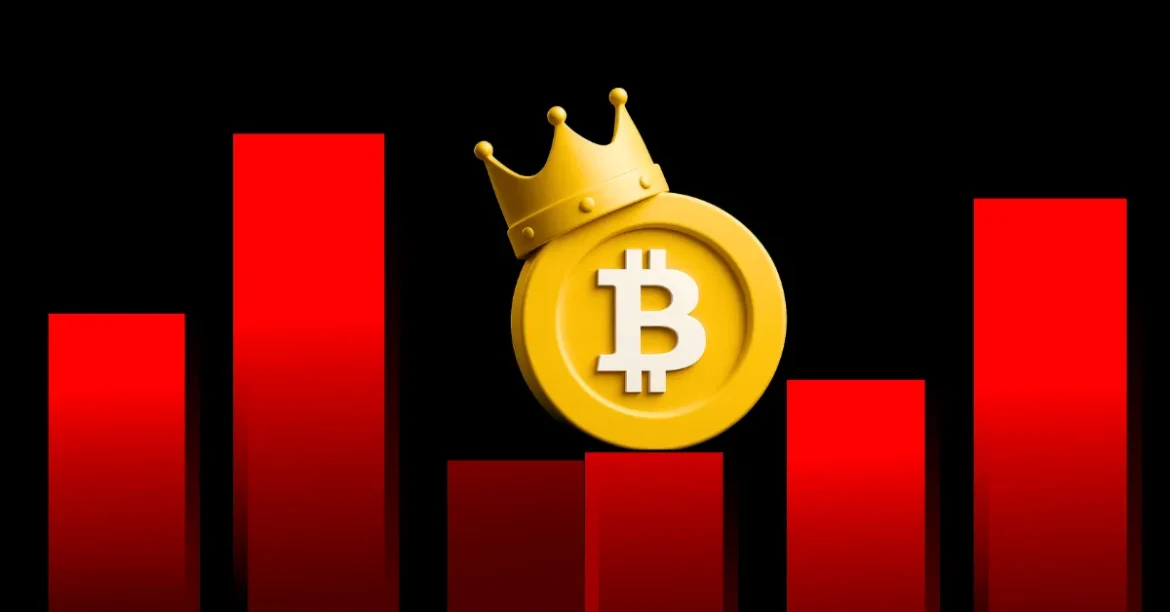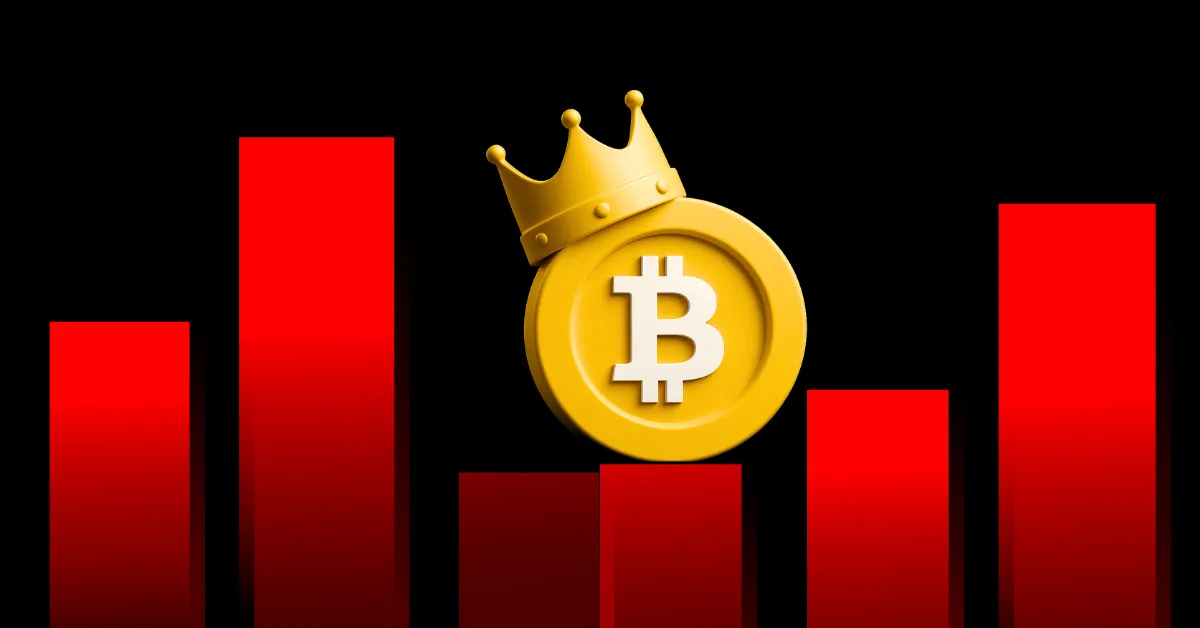Bitcoin’s Supply Shock: A Turning Point in Institutional Investment
Bitcoin, the pioneering cryptocurrency, is central to a compelling narrative of scarcity and growing institutional interest. Matt Hougan, Chief Investment Officer at Bitwise, repeatedly emphasizes the striking fact that approximately 95% of Bitcoin’s existing supply is already owned. This reality, paired with an annual supply growth rate now under 1%, paints a picture of increasing scarcity right at the moment when institutions, previously on the sidelines, are beginning to commit capital. This confluence of factors suggests a looming supply shock with potentially dramatic consequences on Bitcoin’s price trajectory and market role.
—
The Shrinking Supply: Bitcoin’s Scarcity Surpasses Gold
Matt Hougan highlights that Bitcoin’s annual supply growth now stands at roughly 0.84%, a figure that beats even gold, the traditional benchmark for scarcity. Unlike gold, which has a relatively steady and predictable supply expansion, Bitcoin’s issuance is capped and programmed to decrease over time through the halving events embedded in its protocol.
With about 95% of the total 21 million Bitcoin already mined and owned, the remaining supply available for purchase is diminishing rapidly. This ultra-tight supply dynamic is a key driver behind the current market enthusiasm and prevalent discussions of a multi-year bull run. Hougan and others argue that this environment could lead to a supply-demand imbalance where the relatively fixed or shrinking available supply is chased by growing institutional demand—potentially setting off strong upward price pressure.
—
Institutional Demand Rising Amid Retail Caution
While 95% of Bitcoin is already owned and concentrated in existing wallets, only about 5% of the world’s largest investors currently hold any exposure to Bitcoin. Institutional adoption is thus still in its early stages. Recent data suggests institutions are in accumulation mode, with nearly $2 billion flowing into crypto exchange-traded products (ETPs) in short order.
This influx contrasts sharply with retail behavior, which has remained more hesitant. Bitwise’s Matt Hougan notes a divergence where retail traders are cautious or even retreating, while institutions are increasingly seeing Bitcoin as a credible component of their portfolios. This shift is backed by improved regulatory clarity and growing acceptance of Bitcoin’s role as a store of value and potential hedge asset.
—
Supply Shock as a Price Catalyst
Matt Hougan frequently warns of an impending Bitcoin supply shock, which could serve as a catalyst for substantial price appreciation. As institutions begin to ramp up exposure, they face the challenge of a crowded ownership landscape where only about 5% of Bitcoin remains available for purchase on the open market. This scarcity, combined with steady or increasing demand, typically leads to upward price pressure.
Bitcoin’s price action has shown resilience despite recent market volatility, and the expectation is that as more institutions allocate capital, the resulting supply squeeze will push prices even higher. Predictions from Hougan include scenarios where Bitcoin’s value could potentially double from current price levels, with some forecasts ambitiously targeting $200,000 and beyond.
—
Evolution of Bitcoin’s Market Role: From Speculative to Store of Value
Hougan draws attention to how Bitcoin’s market cycle differs from previous ones. The current phase is less about speculative frenzy and more about foundational groundwork established by major financial players. Bitcoin is transitioning from a risk asset largely driven by retail enthusiasm to a trusted store of value embraced by institutional investors.
This transition has profound implications for Bitcoin’s volatility and long-term performance. As institutions treat Bitcoin more like digital gold—an asset to hold rather than trade aggressively—Bitcoin’s price may stabilize and appreciate steadily over time.
—
Challenges and Considerations
Despite the bullish outlook, Matt Hougan acknowledges that there are no guarantees in the volatile crypto market. Factors such as economic turbulence, regulatory shifts, and competing asset performance (for instance, gold’s strong showing) can influence Bitcoin’s path. The market is also experiencing increasing leverage, which historically can lead to sharp corrections.
Moreover, while supply is tightening, the pace of institutional adoption must pick up significantly to transform Bitcoin into a mainstream asset class truly. Regulatory clarity, infrastructure development, and broader acceptance will be critical to sustaining the anticipated bull run.
—
Conclusion: Early Holders Poised for a Defining Ride
The convergence of an extreme Bitcoin supply shortage with a gradual but steady influx of institutional capital signifies a pivotal moment for Bitcoin’s market evolution. With 95% of the supply already owned and institutions just beginning to wade in, a structural supply shock appears imminent. This scarcity, coupled with increasing demand from some of the world’s largest investors, could spark one of the most significant bull runs in Bitcoin’s history.
Matt Hougan’s insights underscore the extraordinary potential ahead, suggesting that early holders are still positioned at the dawn of a potentially transformative phase. Whether Bitcoin fulfills this promise depends on numerous market and regulatory factors, but the fundamental supply-demand dynamics set a powerful backdrop for what may be a defining chapter in cryptocurrency’s evolution as a mainstream financial asset.





